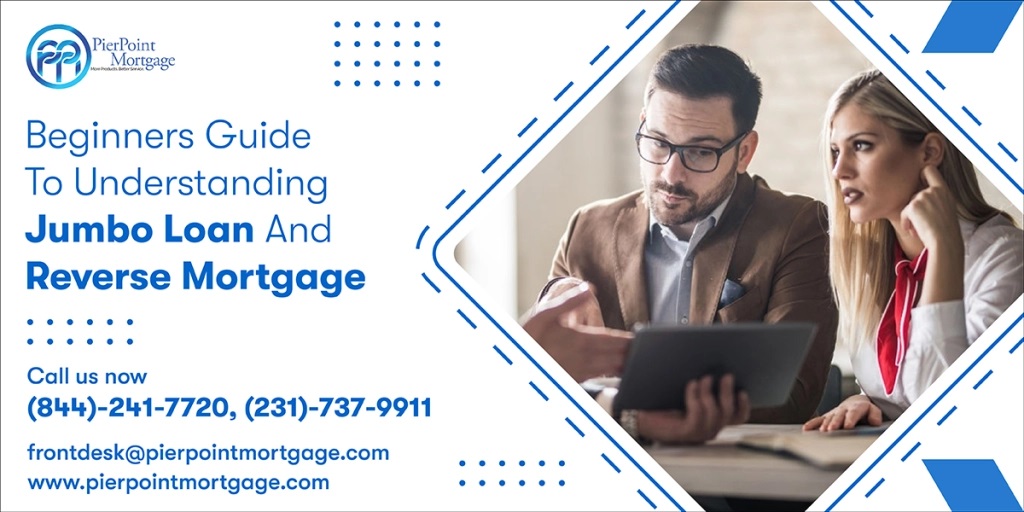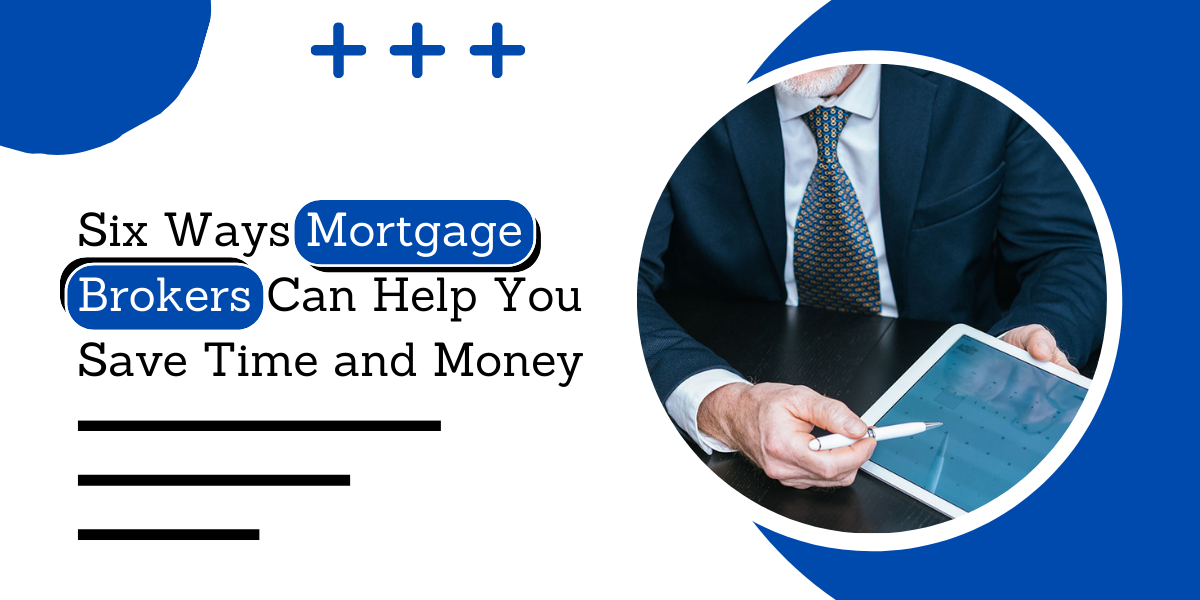Beginners Guide to Understanding Jumbo Loan and Reverse Mortgage
 |
If you can find a lender who offers jumbo mortgages, meet the qualifications, and afford the higher cost, you can get the larger funds that traditional loans don’t cover. Jumbo mortgages are available at both adjustable and fixed rates and can be used for primary residences, second or vacation homes, or investment properties.
On the other hand, you can also opt for a reverse mortgage. In a situation where regular income or available savings are inadequate to pay expenses, a reverse mortgage can keep seniors from resorting to high-interest lines of credit or other more expensive loans, says the company.
Many homeowners use reverse mortgage funds to supplement Social Security or other income, pay for medical expenses, pay for in-home care, and make home improvements during their retirement years.
A lump sum, a monthly payment, a line of credit, or a combination of these are all options for receiving money from a reverse mortgage.
How does a jumbo loan work?
If you want to buy a home that costs more than half a million dollars and doesn’t have that much in your bank account, you’ll almost certainly need a jumbo mortgage. And if you want to get one, you’ll have to meet much stricter credit requirements than homeowners who apply for a traditional loan. Because there are no guarantees from Fannie Mae or Freddie Mac, jumbo loans carry a higher credit risk for the lender. There’s also a greater risk because there’s more money at stake.
Since 2008, jumbo mortgage minimum requirements, like those for traditional mortgages, have become more stringent. You’ll need a high credit score—700 or higher—as well as a low debt-to-income (DTI) ratio to be approved. The DTI should be less than 43 percent, preferably less than 36 percent. Despite the fact that they are nonconforming mortgages, jumbos must adhere to the Consumer Financial Protection Bureau’s definition of a “qualified mortgage,” which is a lending system with standardized terms and rules, such as the 43 percent DTI.
If you choose a standard 30-year fixed-rate mortgage, you’ll need to show that you have enough cash on hand to cover your payments, which are likely to be very high. The amount of income and reserves required depends on the overall loan size, but all borrowers must provide 30 days of pay stubs and W2 tax forms dating back two years.
If you work for yourself, the income requirements are higher: Two years’ worth of tax returns and at least 60 days’ worth of recent bank statements are required. To qualify, the borrower must have provable liquid assets and cash reserves equal to six months’ worth of mortgage payments. In addition, all applicants must provide proper documentation for all other loans held, as well as proof of ownership of non-liquid assets (such as other real estate).
How does a reverse mortgage work?
The procedure for taking out a reverse mortgage is straightforward: The process begins with a borrower who already has a home. The borrower either has a significant amount of equity in their home (usually at least 50% of its value) or has paid it off completely. The borrower determines that they require the liquidity that comes with removing equity from their home and works with a reverse mortgage counselor to locate the best reverse mortgage lender and program.
The borrower then applies for the loan after selecting a specific loan program. The lender conducts a credit check as well as an examination of the borrower’s property, title, and appraised value. If the loan is approved, the lender funds it, with the proceeds structured as a lump sum, a line of credit, or periodic annuity payments (for example, monthly, quarterly, or annually), depending on the borrower’s preference.
Borrowers use the money as specified in their loan agreement after a lender funds a reverse mortgage. Some loans are restricted in how they can be used (for example, for improvements or renovations), while others are not. These loans are valid until the borrower dies or moves, at which point they (or their offspring) can repay the loan or sell the property to repay the lender. Any money left over after the loan is repaid goes to the borrower.
In conclusion
For senior citizens and younger people alike, Pierpoint Mortgage offers simple home loans with competitive interest rates and long loan terms. Our loans have simple eligibility requirements and require little paperwork. We also provide structured EMI plans, multipurpose loan options, large loan amounts, and fast loan disbursements. Our experts are available to make recommendations and assist you in selecting the best option for your needs.
.jpg)


Comments
Post a Comment